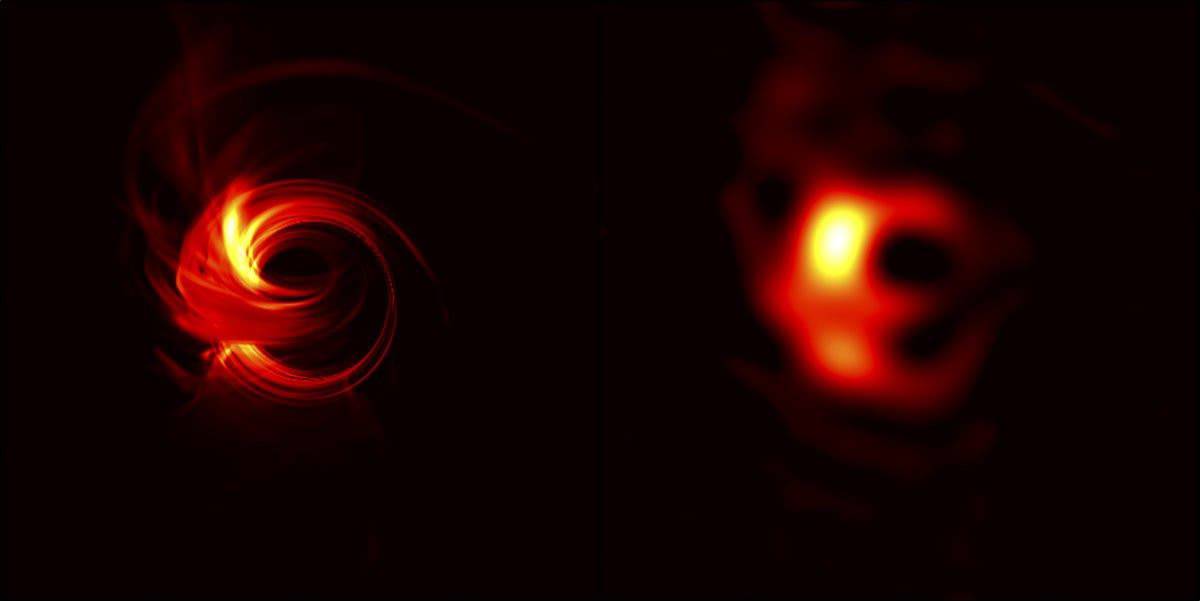Black Spins
Posted By admin On 22/07/22All new players at Black Diamond Casino are welcomed with 25 Free Spins Sign-Up Bonus, available to them as soon as they fill out the registration form. Additionally, on their first five deposits, they get a total deposit match of 675%. The First Deposit Bonus Match is 200%, the Second, Third, and Fourth are 100% each and the Fifth is 175%. Black Lotus’ game library is home to 208 slots from four industry providers. The site also features eleven video poker machines, eight blackjack games, and a roulette one. The companies responsible for the slot offer are Betsoft, Saucify, Genii, and Rival. Betsoft is an industry innovator and leader when it comes to 3D slots. A rotating black hole is a black hole that possesses angular momentum. In particular, it rotates about one of its axes of symmetry. The boundaries of a Kerr black hole relevant to astrophysics. Note that there are no physical 'surfaces' as such.
A black hole spin-flip occurs when the spin axis of a rotating black hole undergoes a sudden change in orientation due to absorption of a second (smaller) black hole. Spin-flips are believed to be a consequence of galaxy mergers, when two supermassive black holes form a bound pair at the center of the merged galaxy and coalesce after emitting gravitational waves. Spin-flips are significant astrophysically since a number of physical processes are associated with black hole spins; for instance, jets in active galaxies are believed to be launched parallel to the spin axes of supermassive black holes.A change in the rotation axis of a black hole due to a spin-flip would therefore result in a change in the direction of the jet.
Black Spanish Goats For Sale
Physics of spin-flips[edit]
A spin-flip is a late stage in the evolution of a binary black hole. The binary consists of two black holes, with masses and , that revolve around their common center of mass. The total angular momentum of the binary system is the sum of the angular momentum of the orbit, , plus the spin angular momenta of the two holes. If we write as the masses of each hole and as their Kerr parameters,[1] then use the angle from north of their spin axes as given by , we can write,
If the orbital separation is sufficiently small, emission of energy and angular momentum in the form of gravitational radiation will cause the orbital separation to drop. Eventually, the smaller hole reaches the innermost stable circular orbit, or ISCO, around the larger hole. Once the ISCO is reached, there no longer exists a stable orbit, and the smaller hole plunges into the larger hole, coalescing with it. The final angular momentum after coalescence is just

the spin angular momentum of the single, coalesced hole. Neglecting the angular momentum that is carried away by gravitational waves during the final plunge—which is small[2]—conservation of angular momentum implies
is of order times and can be ignored if is much smaller than . Making this approximation,
This equation states that the final spin of the hole is the sum of the larger hole's initial spin plus the orbital angular momentum of the smaller hole at the last stable orbit. Since the vectors and are generically oriented in different directions, will point in a different direction than —a spin-flip.[3]
The angle by which the black hole's spin re-orients itself depends on the relative size of and , and on the angle between them. At one extreme, if is very small, the final spin will be dominated by and the flip angle can be large. At the other extreme, the larger black hole might be a maximally-rotating Kerr black hole initially. Its spin angular momentum is then of order
The orbital angular momentum of the smaller hole at the ISCO depends on the direction of its orbit, but is of order

Black Spins On One
Comparing these two expressions, it follows that even a fairly small hole, with mass about one-fifth that of the larger hole, can reorient the larger hole by 90 degrees or more.[3]
Connection with radio galaxies[edit]
Black hole spin-flips were first discussed[3] in the context of a particular class of radio galaxy, the X-shaped radio sources. The X-shaped galaxies exhibit two, misaligned pairs of radio lobes: the 'active' lobes and the 'wings'. It is believed that the wings are oriented in the direction of the jet prior to the spin-flip, and that the active lobes point in the current jet direction. The spin-flip could have been caused by absorption of a second black hole during a galaxy merger.
See also[edit]
- Supermassive black hole – Largest type of black hole; usually found at the centers of galaxies
- Gravitational wave – Propagating spacetime ripple
- Radio galaxy – Types of active galactic nuclei that are very luminous at radio wavelengths
References[edit]
- ^Rosalba, Perna. KERR (SPINNING) BLACK HOLES [PowerPoint slides]. Retrieved from http://www.astro.sunysb.edu/rosalba/astro2030/KerrBH.pdf
- ^Baker, J. et al. (2006), 'Gravitational wave extraction from an inspiraling configuration of merging black holes', Phys. Rev. Lett.96, 11102.
- ^ abcD. Merritt and R. Ekers (2002), 'Tracing black hole mergers through radio lobe morphology', Science297, 1310.
External links[edit]
- Massive black hole binary evolution An article on binary black holes.